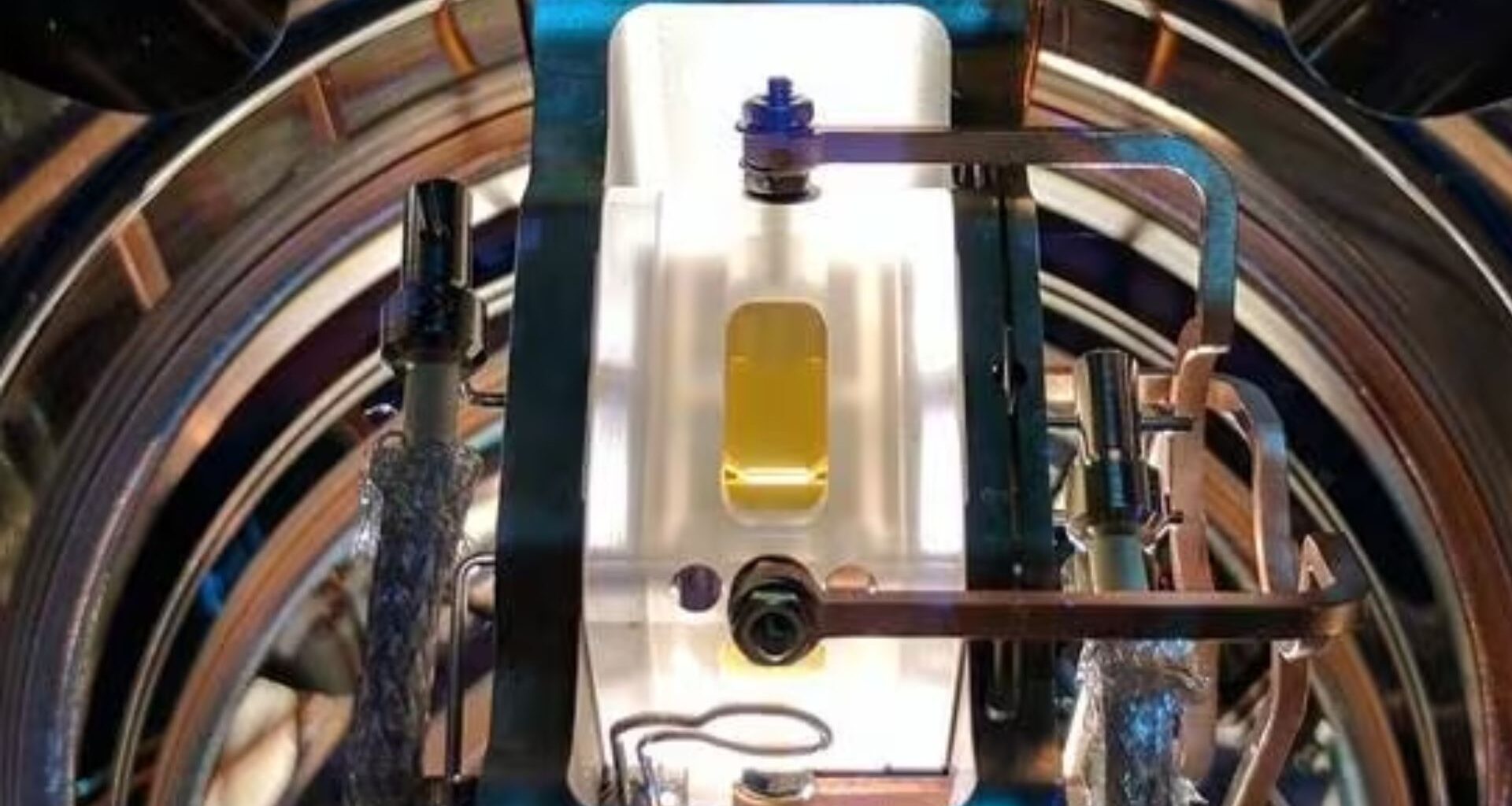Researchers at the University of Sydney have successfully performed the first-ever quantum simulation of chemical dynamics with real molecules. This breakthrough could help scientists enter territories, which were previously inaccessible to even the most powerful classical supercomputers.
The scientists have directly observed how atoms interact in real-time to form new compounds or react with light using a quantum machine. The novel technique, proposed by quantum chemist Professor Ivan Kassal and Physics Horizon Fellow Dr Tingrei Tan, employs a novel, highly resource-efficient encoding scheme implemented on a trapped-ion quantum computer.
“Our new approach allows us to simulate the full dynamics of an interaction between light and chemical bonds. It’s like understanding the position and energy of the mountain hiker at any time point of their journey through the mountains,” said Professor Kassal.
Resource-efficient quantum simulation method
Until now, quantum computers were primarily limited to calculating static properties of molecules, like their energies. Simulating the dynamic, time-evolving processes has remained a significant challenge due to their complexity.
“However, this research pushes the frontier by simulating how molecules behave when excited by light – a process involving ultrafast electronic and vibrational changes that classical computers struggle to model accurately or efficiently,” said the researchers in a press release.
The team employed an analog quantum simulation method using just a single trapped ion. This is a fraction of the hardware resources typically needed by traditional digital quantum computers.
“Performing the same simulation using a more conventional approach in quantum computing would require 11 perfect qubits and 300,000 flawless entangling gates,” explained Professor Kassal.
“Our approach is about a million times more resource-efficient, enabling complex chemical dynamics to be studied with far fewer resources than previously thought possible.”
Simulation of specific molecules
The simulation focused on the interaction of light with three specific molecules: allene (C3H4), butatriene (C4H4), and pyrazine (C4N2H4).
The quantum simulation unfolded over a staggering time-dilation factor of 100 billion (1011), meaning the simulation ran on an accessible timescale of milliseconds while reproducing ultrafast chemical events occurring in femtoseconds (10−15).
Notably, this builds on earlier work from 2023 where the team simulated abstract generic quantum dynamics.
“We have taken that study and applied its approach to the dynamics of three different molecules after they’ve absorbed light,” noted Dr Tan.
“It is possible to simulate the interactions for these particular molecules using classical supercomputers. But more complex molecules will beyond their capabilities. Quantum tech will be able to simulate such complexity that is beyond all classical capability.”
Big implications for energy sector
The implications of this research are vast, particularly for the energy sector. A deeper understanding of ultrafast photo-induced dynamics, now accessible through these quantum simulations, could revolutionizing how we harness and utilize light.
This could directly lead to significantly improved solar energy systems and enable the design of more efficient photovoltaic cells that capture and convert sunlight with unprecedented efficacy.
We can also learn more about how plants use sunlight for energy, which can help create new energy solutions inspired by nature.
“In all these cases, the ultrafast photo-induced dynamics are poorly understood. Having accurate simulation tools will accelerate the discovery of new materials, drugs, or other photoactive molecules,” concluded Dr Tan.
The study has been published in the Journal of the American Chemical Society.
